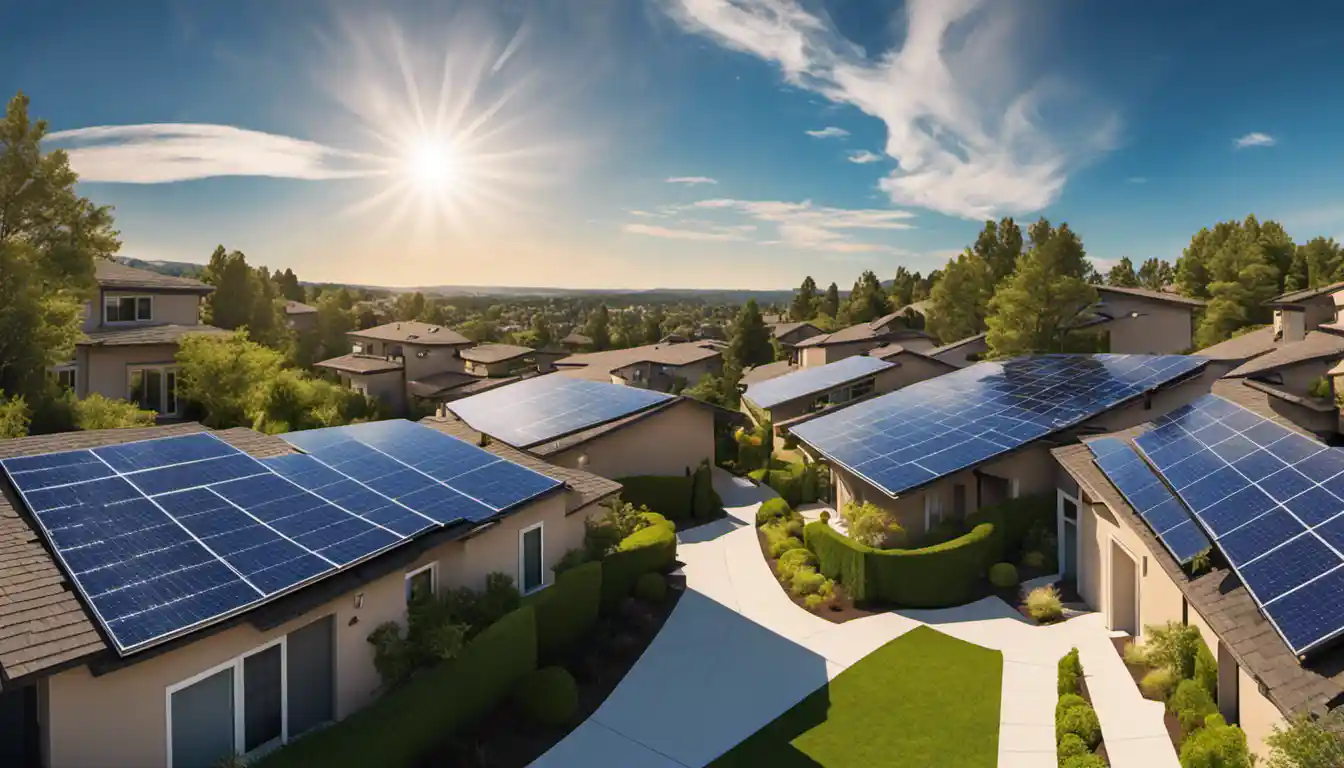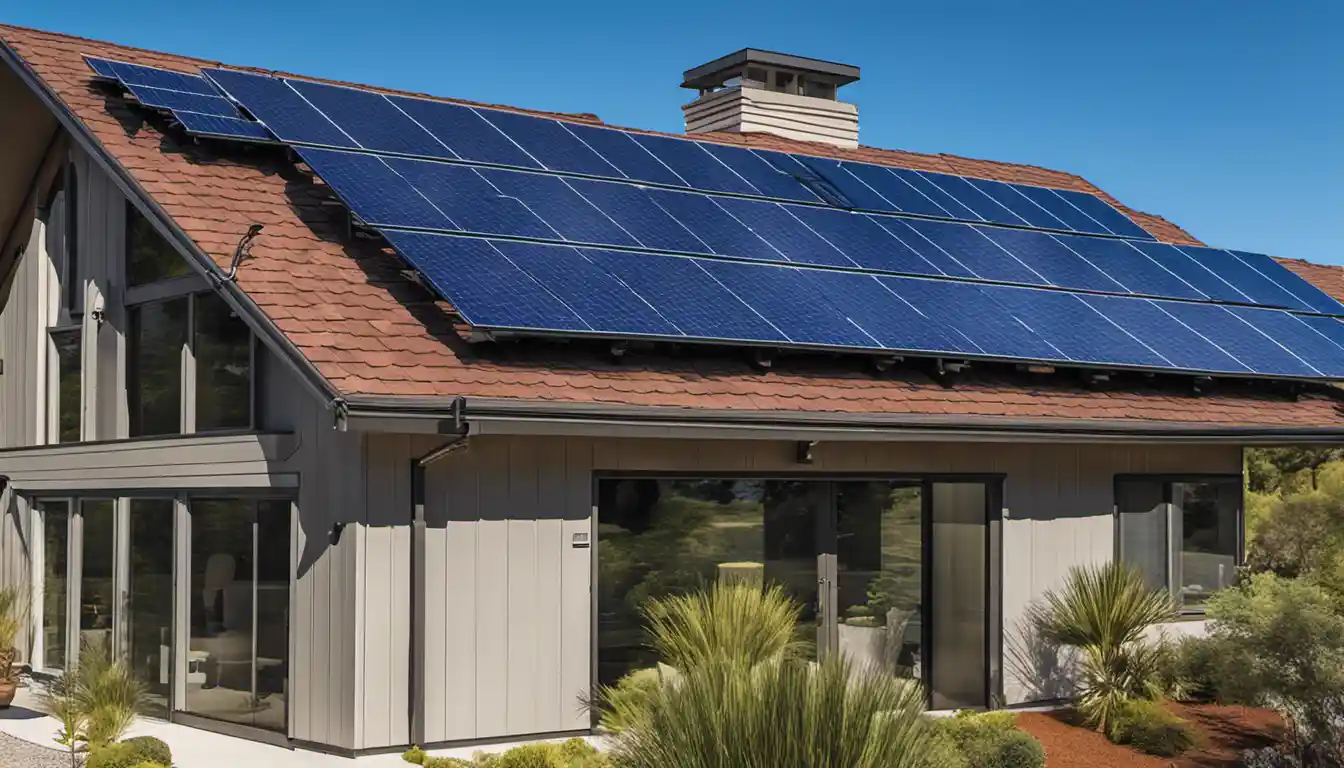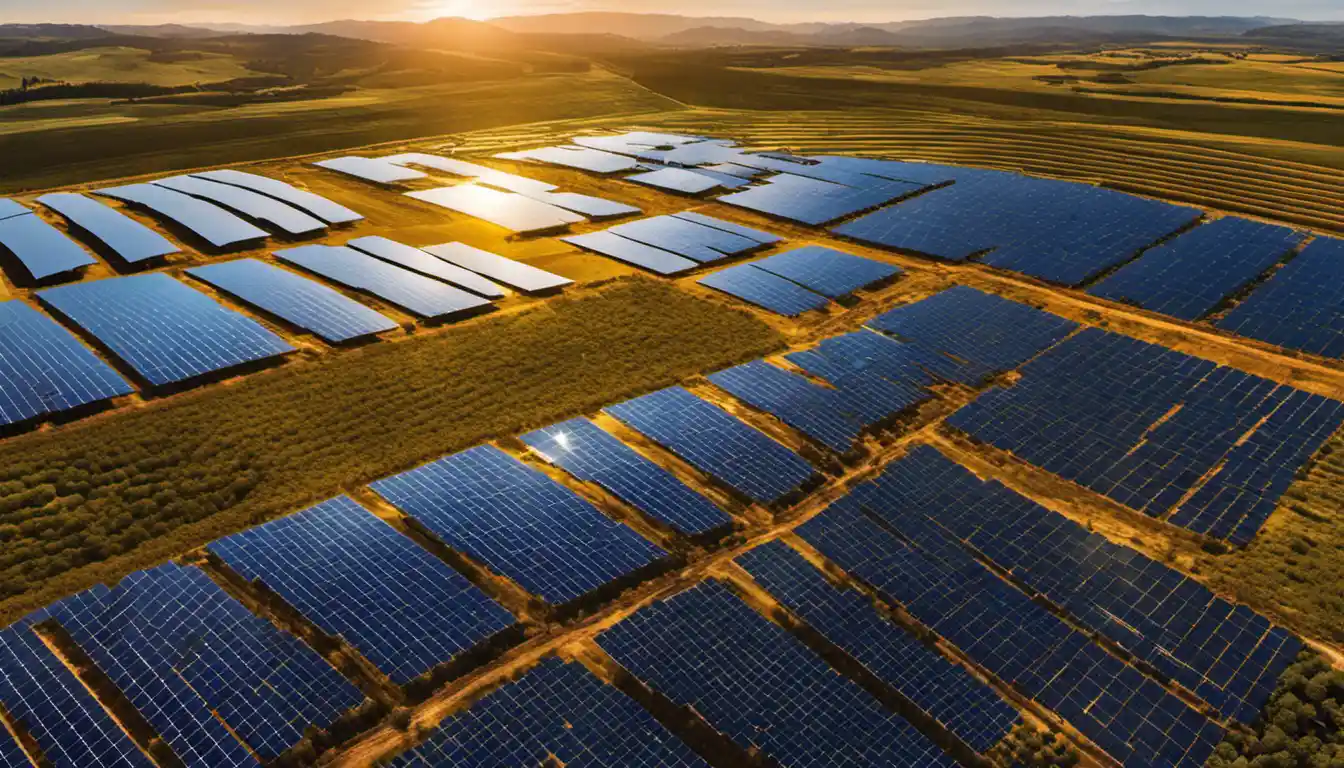Understanding Grid Tie Solar Systems
A grid tie solar system’s cost can vary significantly based on the size and location, with the national average cost in the U.S. ranging from $15,000 to $25,000 before tax credits. However, after considering federal tax credits, the price drops to approximately $10,500 to $17,500. Additional state, local, and utility incentives can reduce the cost even further.
What is a Grid Tie Solar System?
A grid-tied solar system, also known as on-grid, grid-interactive, or grid backfeeding solar system, allows homeowners and businesses to generate their own electricity from solar energy absorbed by solar panels typically mounted on the roof. The primary function of these panels is to convert captured sunlight into electricity, harnessing the powerful and plentiful energy source right above us. The solar panels are coupled with an inverter to convert the direct current (DC) produced from the panel to alternating current (AC) used in your home.
If you’re new to solar systems and how they operate, you might want to take a look at this helpful article, What is a Grid-Tied Solar System?.
How a Grid Tie Solar System Works

In a grid-tied solar system, whenever you produce more power than you consume, the surplus energy is sent back into the power grid where you’re given credits by your utility company via a method known as ‘net metering’. This is where the true cost-effectiveness of a grid tie solar system comes into play, as your energy bills can be virtually eliminated depending on how much energy your solar system produces. Conversely, when you draw more energy than you produce, say on a cloudy day or at night, electricity is sought from the grid, reducing or offsetting those credits.
Costs Involved in a Grid Tie Solar System
So, you’re probably wondering, “What do these grid tie solar system prices consist of?”
Initial Investment for Grid Tie Solar System

The initial investment of installing a grid-tied solar power system at home majorly covers the solar panels, mounting equipment, an inverter for converting solar power into electricity, grid-tie wiring, and labor costs. Keep in mind that the expenses can vary greatly based on the complexity and size of the system, as well as the specific conditions of your site such as distance from the power grid, landscape, and regional costs.
Maintenance and Operational Costs
Once your solar system is installed and functioning, ongoing costs are relatively low. Solar panels require occasional cleaning, especially in dusty areas, but this responsibility can often be handled by the homeowner. The primary wear-and-tear part of the system is the inverter, which may need replacement after 10 to 15 years. Moreover, the decline in panel efficiency over time is usually slow enough that even after 25 to 30 years, your panels should still operate at 80 to 90 percent of their original capacity.
Management of Power Surplus and Shortfall in Grid Tie Systems

Successful grid-tied solar system operations come down to effectively managing surplus power and shortfalls.
Handling Excess Solar Power Generation
Excess generation during peak sun hours can be an asset. Your grid-tied system lets you sell this excess power back to your utility provider, which can result in impressive reductions in your electricity bill, or even in earnings from your utility provider.
Power Management when Sun Goes Down
Conversely, during the night, your solar panels will not produce electricity, and you’ll have to draw power from the grid. This is why net metering is so advantageous, as the credits acquired during the day can cover the cost of this power draw.
Continue with Benefits of Net Metering in Grid-Tied Solar Systems



